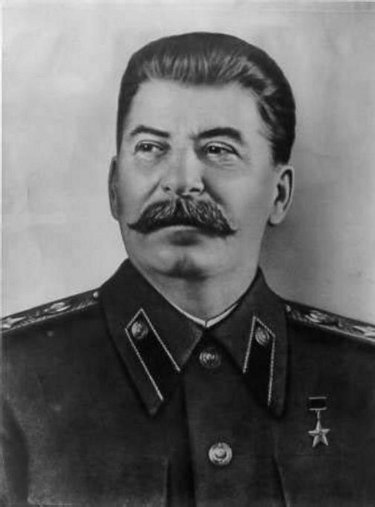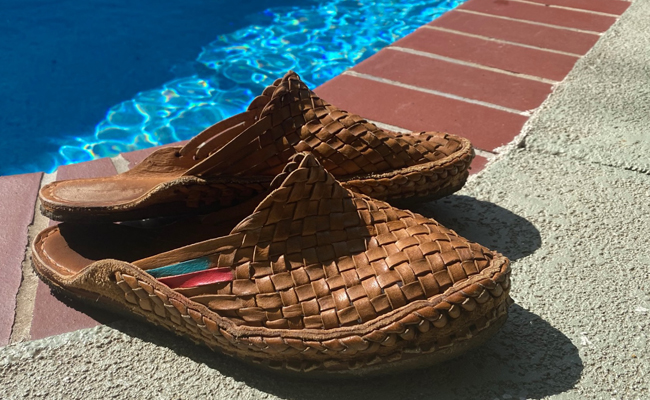
I enjoy browsing used bookstores. I like walking down the aisles, looking at the tattered spines of the books that line the shelves.
Now and then, my eyes will pass by the title of a book that catches my attention. I’ll pull the book from the shelf, start thumbing through it, and discover that it provides an insight into a question or an idea I’ve been mulling over for months or even years.
It might seem like it was sheer accident that I happened to find that particular book at that particular moment that answered that particular question. But, such moments of serendipity are, in fact, the natural consequence of a practice I picked up from Nobel Prize-winning scientist Richard Feynman.
It’s a practice that’s changed my life. Maybe it will change yours.
Richard Feynman’s 12 Problems
Richard Feynman was a Renaissance man and polymath. During WWII, he worked on the atomic bomb. Feynman would go on to work in quantum electrodynamics, and his contributions earned him a Nobel Prize. He was a popular professor of physics at Cornell and Caltech and served on the committee that investigated the Challenger disaster.
Besides his academic work, Feynman pursued various hobbies and interests. He juggled, played the bongos, learned to Samba, painted, and cracked open safes — a hobby he picked up while working on the Manhattan Project.
How could Feynman be such a prolific scientist while also excelling in varied leisure activities? In a 1996 lecture, MIT mathematician Gian-Carlo Rota shared the secret to Feynman’s success:
Richard Feynman was fond of giving the following advice on how to be a genius. You have to keep a dozen of your favorite problems constantly present in your mind, although by and large they will lay in a dormant state. Every time you hear or read a new trick or a new result, test it against each of your twelve problems to see whether it helps. Every once in a while there will be a hit, and people will say: ‘How did he do it? He must be a genius!’
Feynman was so successful in his career and hobbies because he always kept a running list of questions or problems in his head. These open questions created a “serendipity engine” that allowed him to attract insights no matter what he was doing. Any time Feynman encountered novel information, he applied it to the puzzles he had simmering on the back burner of his mind. Now and then, he’d find a key that unlocked a professional or private breakthrough.
In order to recognize an insight outside yourself, it needs a corresponding contact surface within yourself. Kind of like the two sides of velcro: the stimuli you receive from books, other people, and the environment are the hooks, and the questions in your head are the loops. Ralph Waldo Emerson put the principle this way: “only that book can we read which relates to me something that is already in my mind.” We can only incorporate what we’re ready for — what we’ve built a mental scaffolding to receive. The questions you keep in your head serve as this scaffolding.
According to an article by Forte Labs, these were some of the open questions Feynman chewed on while he was alive:
- How can I accurately keep track of time in my head?
- How can we design a large-scale computing system using only basic equipment?
- How can I write a sentence in perfect handwritten Chinese script?
- What is the unifying principle underlying light, radio, magnetism, and electricity?
- How can I sustain a two-handed polyrhythm on the drums?
- How can we measure the probability that a lump of uranium might explode too soon?
As you can see, Feynman’s questions varied from big problems like figuring out the dynamics of radioactive materials to personal issues like how to get better at playing an instrument.
In a letter to a former student, Feynman advised him not to discount the value of thinking about the smaller stuff:
The worthwhile problems are the ones you can really solve or help solve, the ones you can really contribute something to. A problem is grand in science if it lies before us unsolved and we see some way for us to make some headway into it. I would advise you to take even simpler, or as you say, humbler, problems until you find some you can really solve easily, no matter how trivial. You will get the pleasure of success, and of helping your fellow man, even if it is only to answer a question in the mind of a colleague less able than you. You must not take away from yourself these pleasures because you have some erroneous idea of what is worthwhile.
These “humbler problems” provide the pleasure of success that motivates you to solve more problems. Also, what might be a humble problem for you, might be a big problem for someone else. Helping them solve it will mean a lot to them. Finally, thinking about smaller problems might provide insights into your bigger ones. Scientists like Feynman loved to cross-pollinate different domains. Einstein supposedly got insights into his theories while thinking about and playing his violin. Maybe mulling on an issue with your barbell training will provide a breakthrough in a professional dilemma.
Create Your Own Serendipity Engine With Your 12 Favorite Problems
If you’d like to get more insights and turbocharge your creativity, create a list of 12 problems you always keep latent in your mind. These open questions prime your psyche to be open to new insights as you go about your daily life.
Here are some pointers on how to get started on your list of 12 favorite problems:
Think of problems or friction points you encounter daily. We all encounter friction during the day at work and at home. Pay attention to those little annoyances. They’re problems waiting to be solved.
Lean into your interests. If you could spend your free time exploring a topic just for fun, what would it be? WWII history? Music theory? Traditional woodworking skills? Economics? Thinking about those interests can help you generate questions. Your 12 problems don’t have to be problems per se, just things you wonder about.
Once you have a general topic of inquiry, create a specific question. Once you’ve homed in on a general topic of investigation, drill down to something more concrete by formulating a specific question about it.
How can you improve in some skill? Why did a particular part of history play out one way and not another? Why did your last work project fail? What’s behind some current cultural phenomenon?
You can also ask about connections between two areas of inquiry: What is the relationship between x and y? How can insights from x provide insights to y?
Repeat these steps until you’ve landed on your questions. You don’t have to have exactly 12. You could have fewer. Try not to go above 12, though, or it’ll start getting gnarly to keep track of all your problems.
You don’t have to try to force yourself to generate all your questions at once. They will come to you naturally once you’ve primed yourself to look for them. Just make a note of your wonderings as they arise, and file them away for further chewing, instead of letting them slip entirely out of your mind.
Once you’ve got your list of problems, think about them throughout your day.
Here are a few of the questions I’m mulling over (some include concepts that mean something to me, but would need further explanation to the wider world):
- How does the human drive for status influence group dynamics in my day-to-day life?
- Why does the modern world feel unreal?
- How do I help my kids “put their loves in order“? How do you educate desire for the Good?
- How do you overcome “dopamine death spirals”?
- Where do I see arms races in my life that are wasting resources?
I’ve got some other ones, but those are the big questions I’ve been thinking about lately. As I’m reading books or conversing with friends and family, I usually “serendipitously” stumble upon information that provides new insights into these ongoing investigations.
What are your 12 favorite problems?







